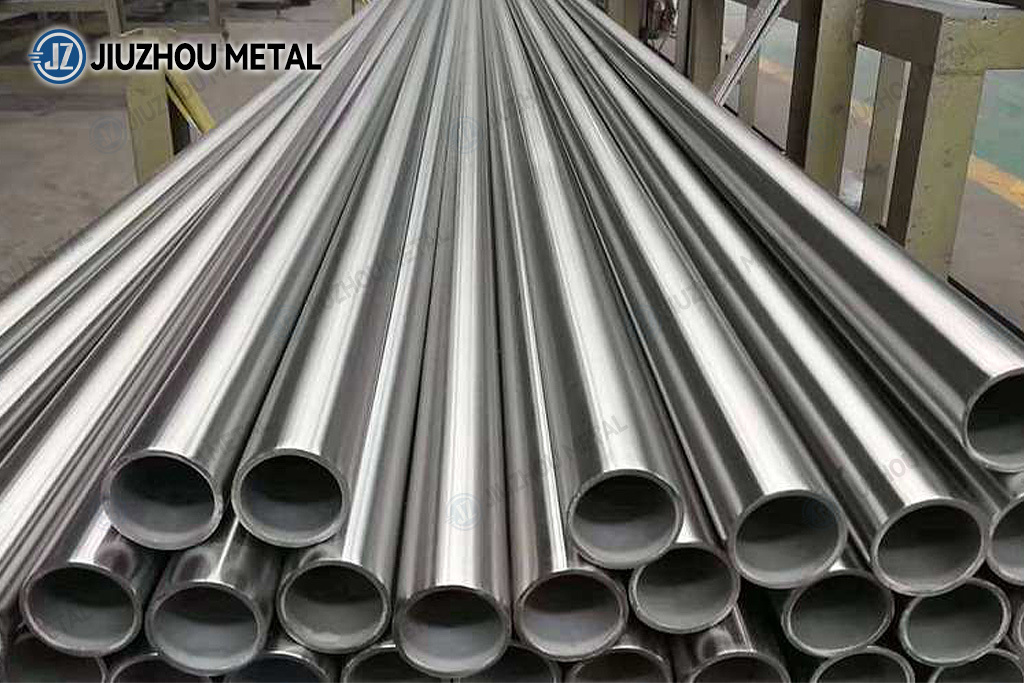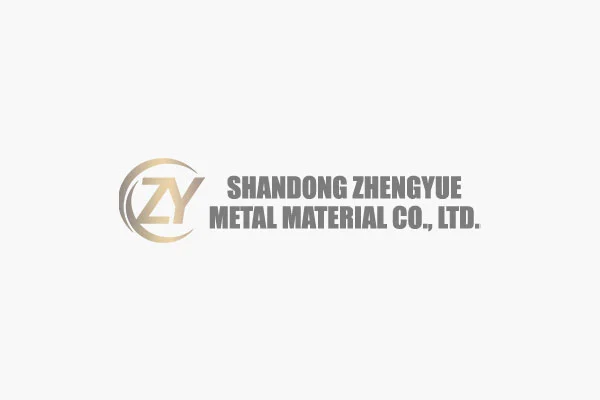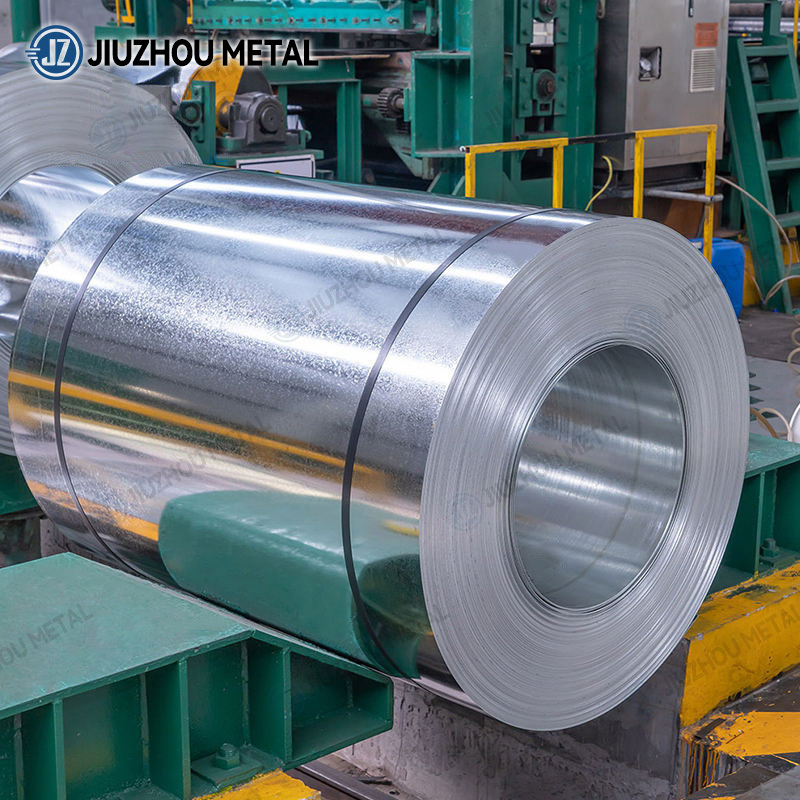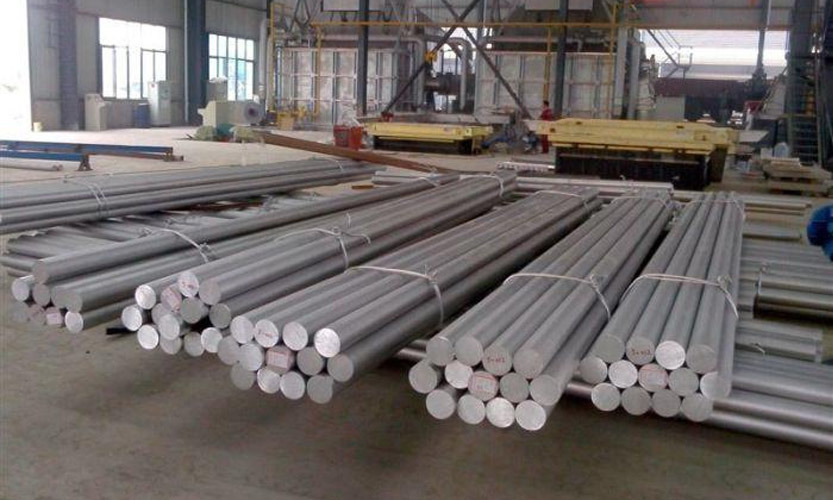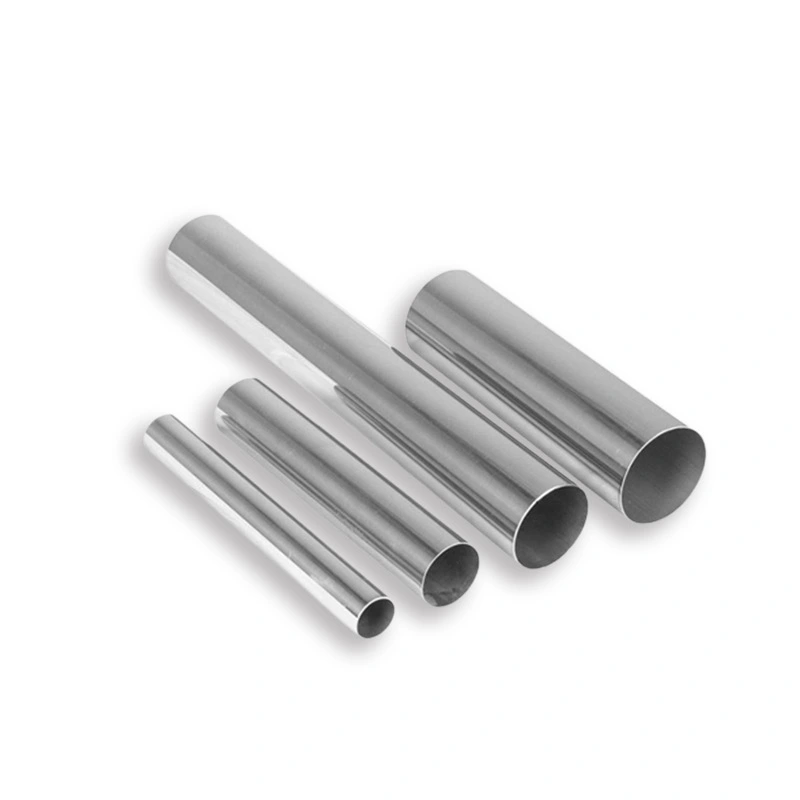Key Considerations for Sourcing 302 Stainless Steel Pipes in the Metallurgy and Energy Sector
Release time:
2025-06-14 13:00
In the metallurgy and energy industries, the demand for high-quality materials is paramount, particularly when it comes to components like 302 stainless steel pipes. These pipes are known for their excellent corrosion resistance, high-temperature strength, and versatility in various applications. When sourcing these materials, there are several critical factors to keep in mind.
First and foremost, understanding the specifications of 302 stainless steel is essential. This alloy is composed primarily of chromium and nickel, offering great resistance to oxidation and a comprehensive range of corrosive environments. Its ability to withstand high temperatures makes it an ideal choice in applications ranging from chemical processing to oil and gas sectors. Familiarizing yourself with the mechanical properties of 302 stainless steel will help you assess whether it meets the specific requirements of your project.
Next, evaluating potential suppliers is vital. Look for companies that specialize in 302 stainless steel pipes and have a strong reputation in the metallurgy and energy sector. Examine their certifications and quality control processes, as reliable companies will adhere to industry standards and regulations. It may also be beneficial to request references or case studies to gauge their past performance and customer satisfaction.
In addition to supplier reliability, consider the logistics of sourcing. Investigate the supplier's delivery capabilities, stock levels, and lead times. A company that maintains a robust inventory of 302 stainless steel pipes can significantly reduce downtime in your operations. Moreover, understanding their shipping and handling processes will help you avoid unexpected delays or additional costs.
Another critical aspect to consider is the customization options available. Depending on your project’s needs, you may require specific dimensions, wall thicknesses, or finishing treatments. A flexible supplier that can accommodate such requests will provide you with the best solutions tailored to your operational demands.
Lastly, keep an eye on market trends and pricing fluctuations for 302 stainless steel pipes. Being aware of the current market landscape can help you make informed decisions regarding your purchases and potentially negotiate better terms with suppliers.
In summary, when sourcing 302 stainless steel pipes in the metallurgy and energy sector, it is essential to evaluate material specifications, supplier reliability, logistics, customization options, and market trends. By taking these factors into account, you can ensure that you select the right pipes for your project while maintaining efficiency and cost-effectiveness.
First and foremost, understanding the specifications of 302 stainless steel is essential. This alloy is composed primarily of chromium and nickel, offering great resistance to oxidation and a comprehensive range of corrosive environments. Its ability to withstand high temperatures makes it an ideal choice in applications ranging from chemical processing to oil and gas sectors. Familiarizing yourself with the mechanical properties of 302 stainless steel will help you assess whether it meets the specific requirements of your project.
Next, evaluating potential suppliers is vital. Look for companies that specialize in 302 stainless steel pipes and have a strong reputation in the metallurgy and energy sector. Examine their certifications and quality control processes, as reliable companies will adhere to industry standards and regulations. It may also be beneficial to request references or case studies to gauge their past performance and customer satisfaction.
In addition to supplier reliability, consider the logistics of sourcing. Investigate the supplier's delivery capabilities, stock levels, and lead times. A company that maintains a robust inventory of 302 stainless steel pipes can significantly reduce downtime in your operations. Moreover, understanding their shipping and handling processes will help you avoid unexpected delays or additional costs.
Another critical aspect to consider is the customization options available. Depending on your project’s needs, you may require specific dimensions, wall thicknesses, or finishing treatments. A flexible supplier that can accommodate such requests will provide you with the best solutions tailored to your operational demands.
Lastly, keep an eye on market trends and pricing fluctuations for 302 stainless steel pipes. Being aware of the current market landscape can help you make informed decisions regarding your purchases and potentially negotiate better terms with suppliers.
In summary, when sourcing 302 stainless steel pipes in the metallurgy and energy sector, it is essential to evaluate material specifications, supplier reliability, logistics, customization options, and market trends. By taking these factors into account, you can ensure that you select the right pipes for your project while maintaining efficiency and cost-effectiveness.
Previous article
Previous article


